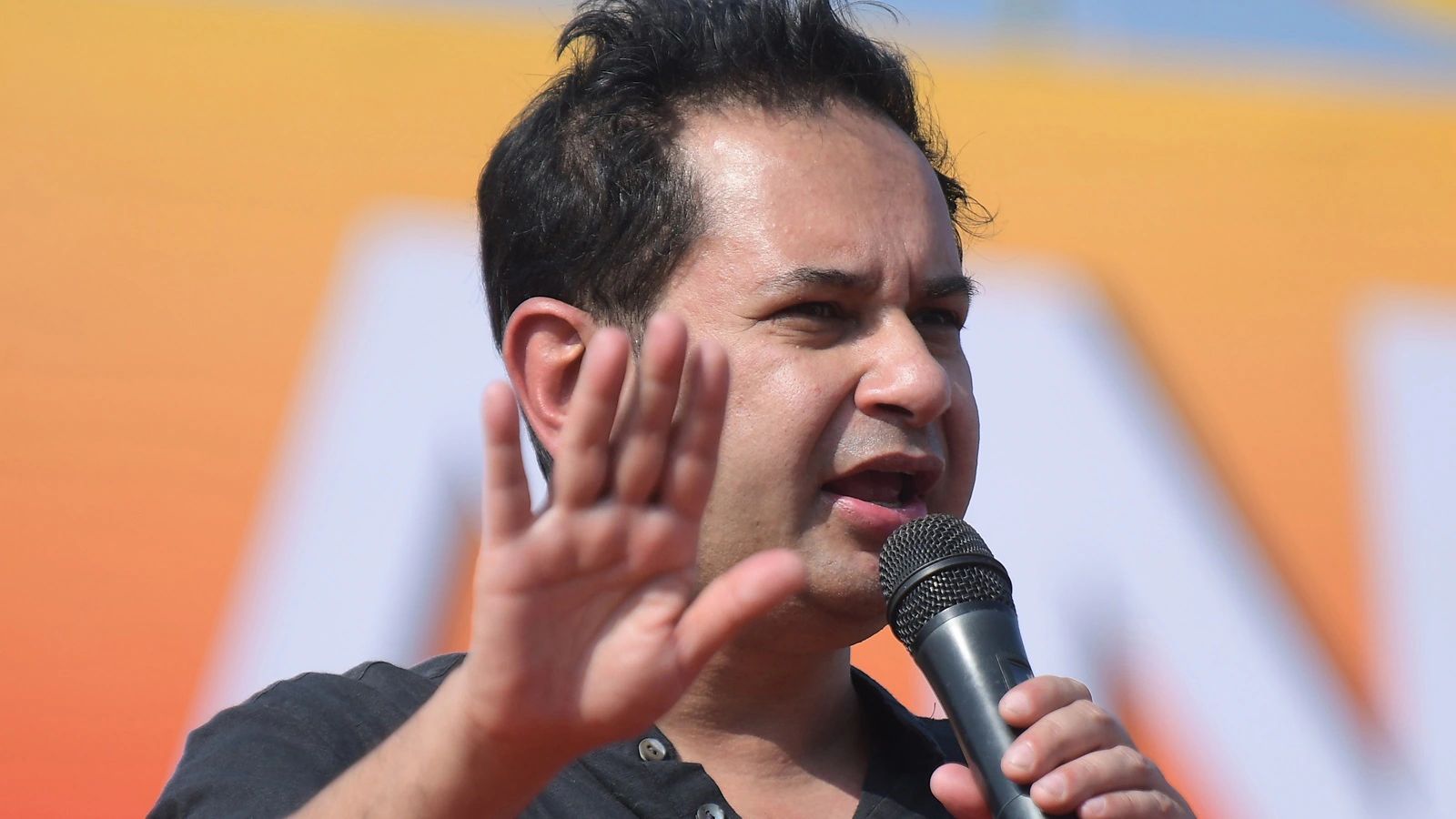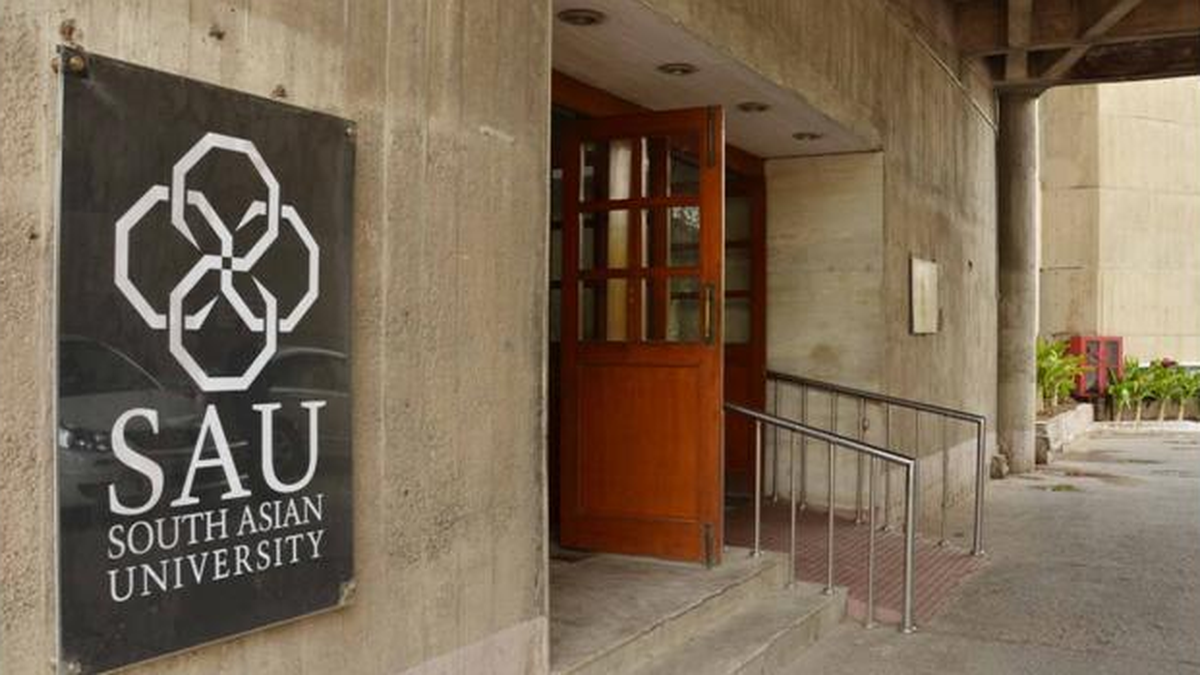On October 6, 2025, the day the Election Commission of India declared dates for the Assembly elections in Bihar, various players, including Bharatiya Janata Party (BJP) chief J.P. Nadda and Rashtriya Janata Dal (RJD) leader Tejashwi Yadav, asserted that their parties will win. However, the State’s longest-serving Chief Minister, Nitish Kumar, did not say anything.
Mr. Kumar’s silence does not mean he is absent from the contest. In fact, the biggest question hanging over the polls is the state of his health and whether the electorate is inclined to reward him with a last electoral victory and send him off into the sunset, or vote against him and send him into political oblivion.
Mr. Kumar has carved out a significant voter support base, which includes Extremely Backward Classes (EBCs), Mahadalits, some sections of Pasmanda (backward) Muslims, and the “casteless” category of women voters. These groups have kept faith in Mr. Kumar for more than 20 years — through his nine swearing-in ceremonies as Chief Minister and his many cartwheels on alliances and partners. “Sarkar kisi ki bhi ho, mukhyamantri toh Nitish hi banega (Whoever forms the government, it will be headed by Nitish Kumar)” had become a staple sentiment in Bihar.
Mr. Kumar’s ability to accommodate and adjust to different alliance partners and induce them to acknowledge his leadership has been attributed to his reinterpretation of social justice politics in the State. He has strategically carved out his own voter base from the broader Mandal OBC bloc, where the Yadav community was perceived to be monopolising power and privilege at the expense of other groups. While this reinterpretation of social justice politics has made Mr. Kumar valuable to the BJP, his ability to limit the Hindutva politics of the BJP while in alliance with the party has made him a choice for the INDIA bloc as well, whenever he wished to change sides. Apart from this, reforms in governance and improvements in law and order, especially when viewed against the RJD years, helped him attract support from women and younger voters.
Bihar Assembly Elections 2025 | Full coverage
However, Mr. Kumar’s poor health has brought questions of succession to the fore. People have wondered who will inherit the party mantle and whether voting him back will only provide a window of opportunity for the BJP to finally capture the Chief Minister’s chair in Bihar. What complicates matters is that there is no development of leadership — either in his alliance or elsewhere — that could replace him. The TINA (there is no alternative) factor is what made him change sides easily. And it is the same factor that is forcing even the BJP, which is eager to claim control otherwise, kick the can down the road.
Thus, the underlying subtext of the Bihar polls revolves around Mr. Kumar. The National Democratic Alliance has discerned this subtext: in a burst of pre-poll energy, the State government announced a slew of measures, ranging from a ₹10,000 income and entrepreneurship scheme for women, free electricity units, increased pensions, and higher pay for welfare workers. The BJP has unequivocally stated that Mr. Kumar will remain Chief Minister if the NDA is voted back.
It is the same subtext that has led to the emergence of the Jan Suraaj Party (JSP) headed by poll strategist, Prashant Kishor. The JSP’s narrative, centred on the need for a new entrant, is clearly aimed at capturing votes from those who are contemplating a post-Nitish Kumar scenario. Whether that goal will manifest now or in 2030 — the year of the next Assembly polls — remains to be seen. Thus, the second most important unknowable of these polls is just how much the JSP will dent the voter base of established political parties and determine the direction of the NDA or the INDIA bloc.
Politics in Bihar has been a source of interesting meta-narratives for national politics over the last few decades — ranging from anti-Congress-ism, to student-led anti-Emergency movements, to the changing discourse on social justice politics, and expressions of sub-nationalist pride. Mr. Kumar has been a major player in shaping many of these meta-narratives, especially in reinterpreting social justice politics and Bihari pride. The questions over his future have thus emerged not just as the underlying subtext in these elections, but as a central meta-narrative — one that is likely to shape outcomes on result day.
.png)
 9 hours ago
12
9 hours ago
12









 English (US) ·
English (US) ·